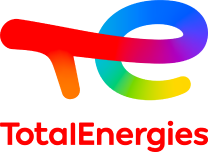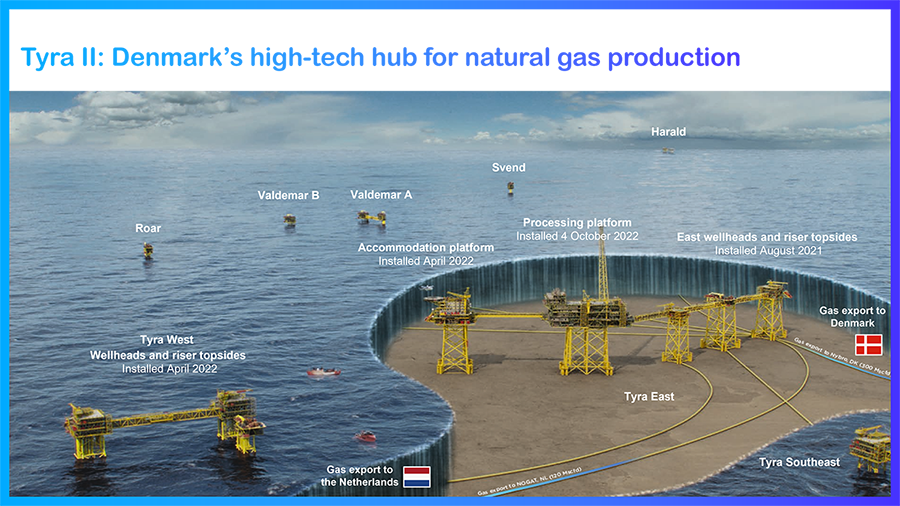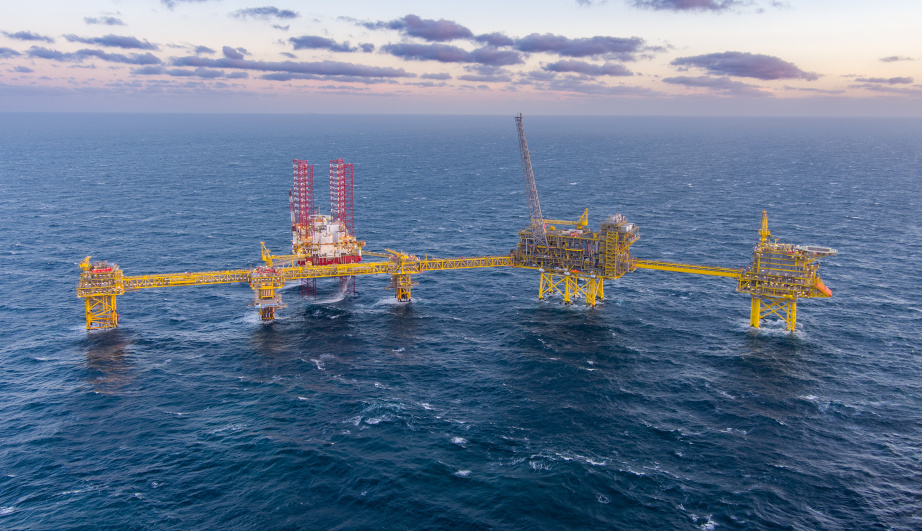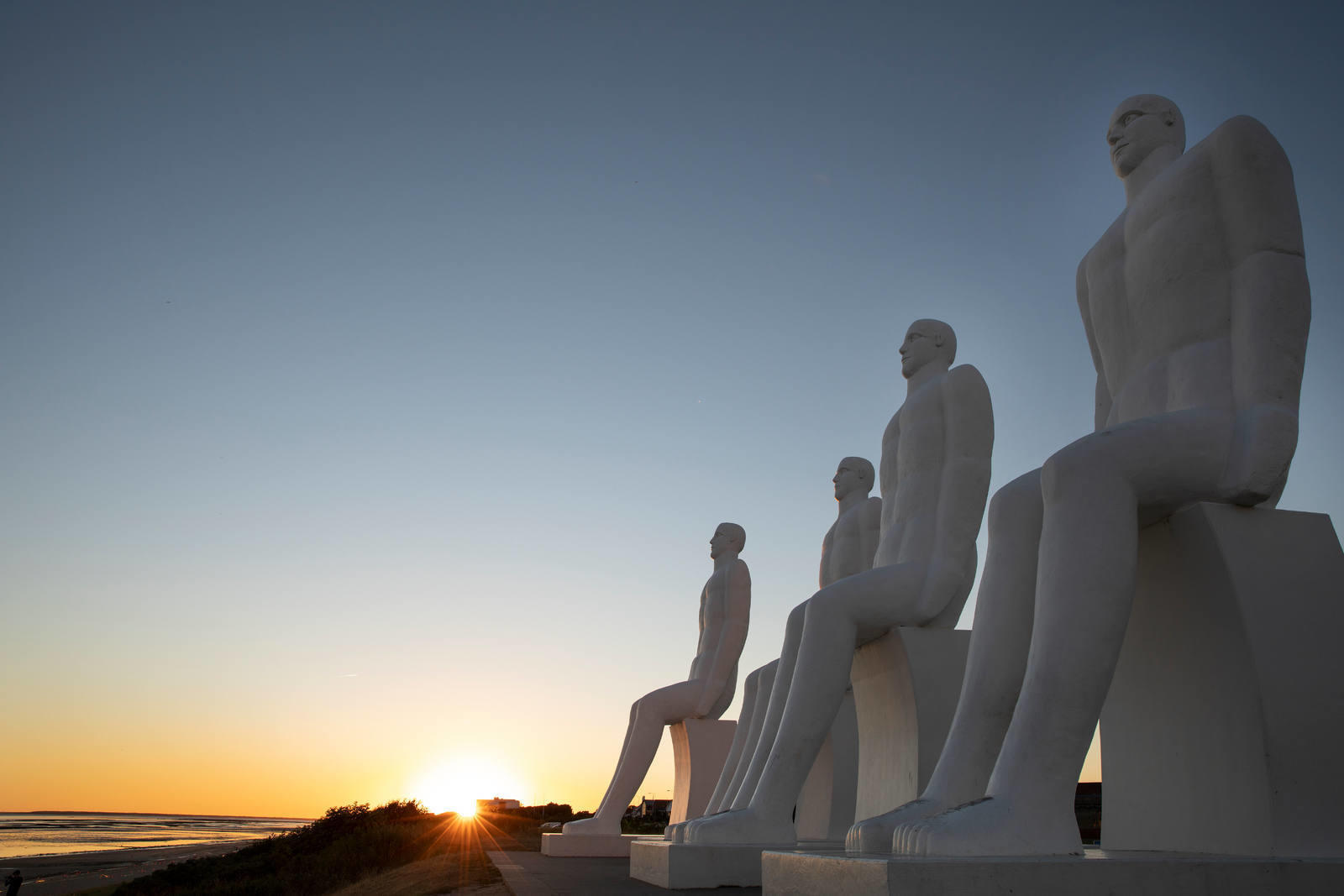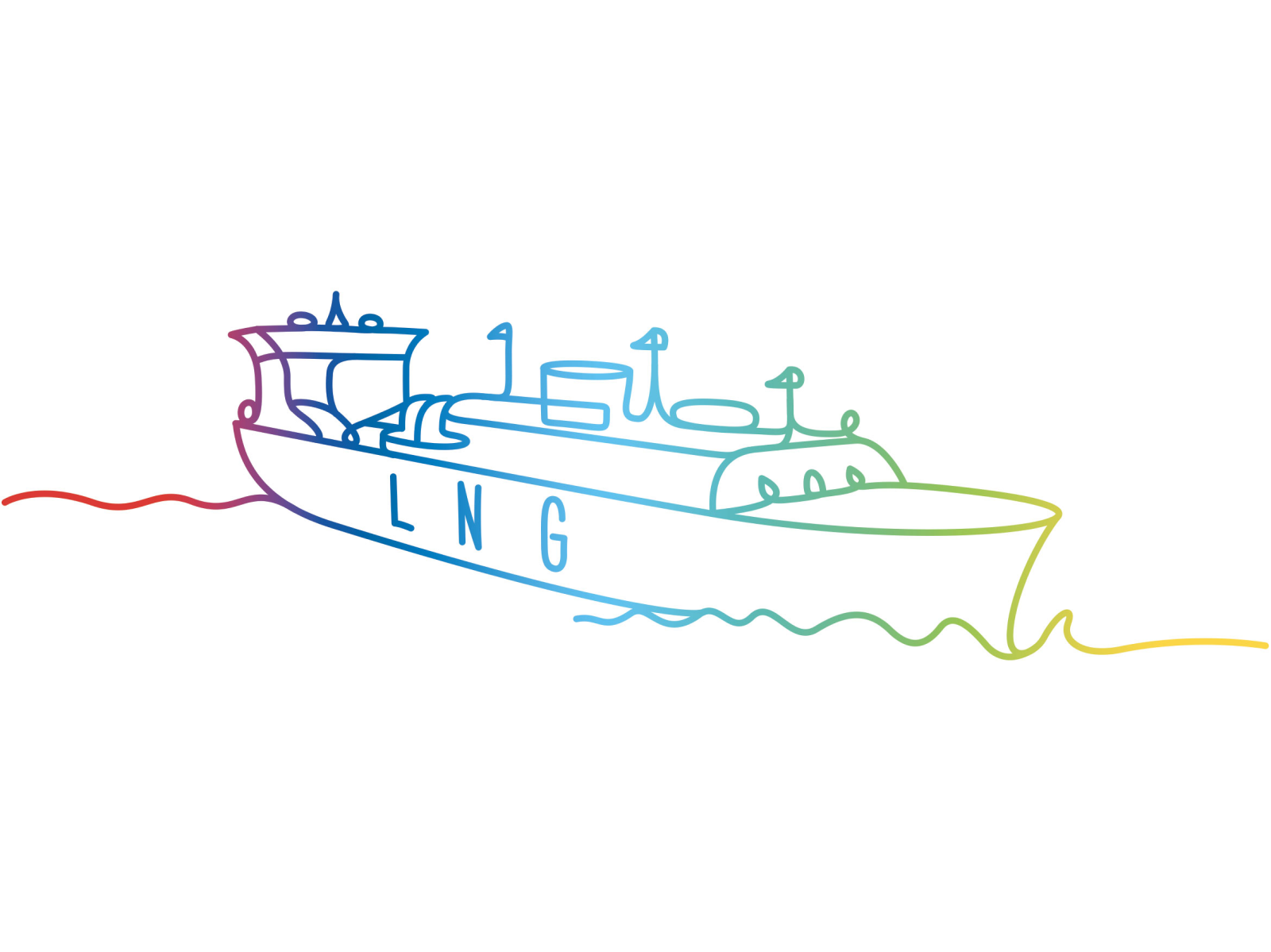Location: Denmark
Partners: TotalEnergies (43.2%), BlueNord (36.8%), Nordsøfonden (20%)
Main activity: Natural gas production
Commissioning: 1984

Tyra is Denmark's largest natural gas field. In 2019, gas production and deliveries were suspended to allow for the field's redevelopment, which had become necessary due to natural subsidence of the reservoir. Since production was restarted in 2024, Tyra II is one of the most advanced offshore gas facilities in the world. The technologies used at the site will optimize the energy efficiency of its operations and reduce its environmental footprint.
The strategic project of redeveloping Denmark's largest natural gas field
Discovered in 1968 by Maersk Oil and operated since 1984, the Tyra field is Denmark's largest natural gas deposit, located 225 km west of the town of Esbjerg. Until 2019, its facilities processed and exported over 90% of the natural gas produced in the Danish North Sea.
Due to the natural subsidence of the field after almost 40 years of continuous gas extraction, the seabed beneath the Tyra platforms had sunk by more than five meters. In 2017, the Danish Underground Consortium – a partnership between TotalEnergies, BlueNord and Nordsøfonden – took the decision to rebuild and upgrade the facilities to ensure continuous and safe operations. Therefore, production was suspended between September 2019 and March 2024.
Tyra's redevelopment: a human and technical feat
A large-scale technical and logistical effort was required to drive Tyra's transformation. The teams began by dismantling the obsolete installations. This stage was completed during the summer of 2020 and involved two of the world's largest construction and crane vessels. In total, some 50,000 metric tons of material were removed.
Between 2020 and 2022, eight new platforms were installed, including six wellhead and riser platforms, an accommodation platform and a processing platform. The last processing module, weighing 17,000 metric tons, was installed in October 2022, breaking a world record as heaviest crane lift at sea. After the platforms were powered up and reconnected to the existing North Sea energy infrastructure, Tyra II resumed production on March 21, 2024, with ramp-up to full technical capacity in the following months.
Recycling efforts are one of the project's defining features. As a result, 98.5% of the materials from Tyra's former facilities have been recycled or reused – some even in the new design of Tyra II such as the wellheads or jackets.
A state-of-the-art platform with an essential role to play in Denmark's and Europe's energy security
The new Tyra leverages state-of-the-art digital solutions and technological innovations to produce more efficiently and with 30% lower greenhouse gas emissions than the former facilities.
With the ability to produce 5.7 million cubic meters of gas and 22,000 barrels of condensates per day at plateau from Tyra’s wells and five satellite fields (Tyra Southeast, Harald, Valdemar, Svend and Roar), Tyra is one of Europe's largest gas fields. It will enable Denmark to be self-sufficient in gas and become a net exporter, thus contributing to Europe's security of supply.
